Process Analysis of Helical Blades
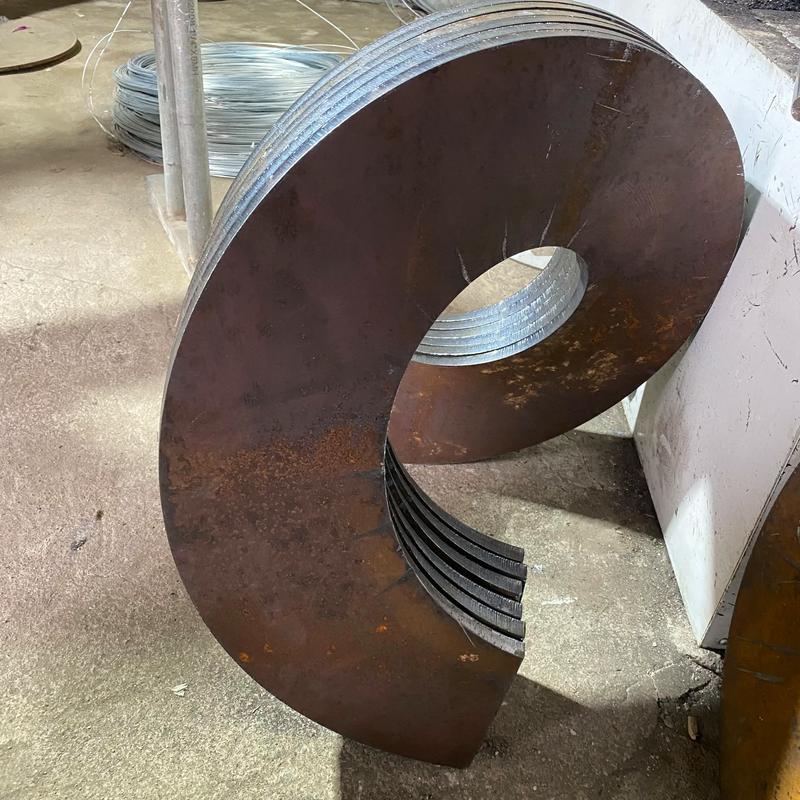
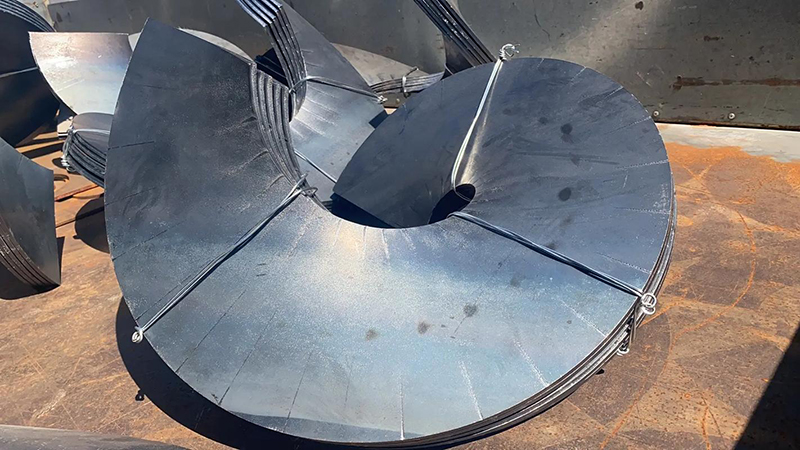
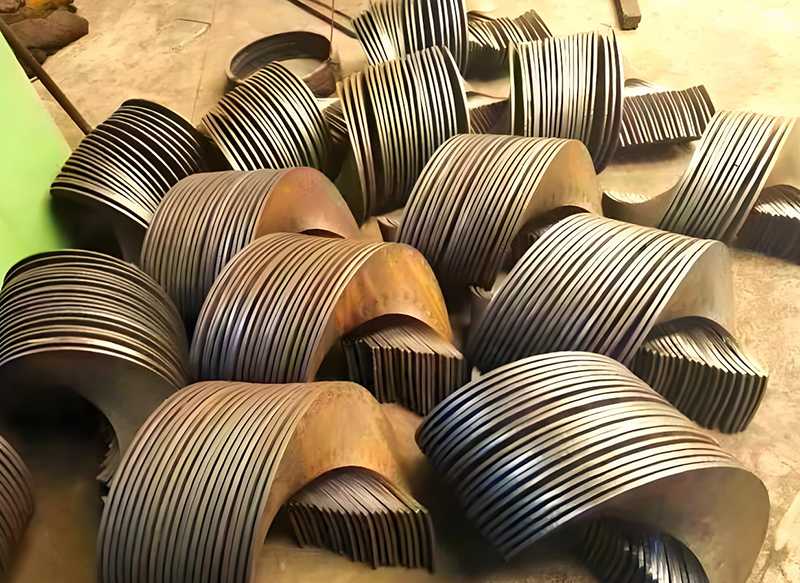
| Product name: | Process Analysis of Helical Blades |
| Keywords: | |
| Industry: | Metallurgy and minerals - Mining industry |
| Process: | - |
| Material: |
Processing manufacturer
- There are 42 manufacturers that provide similar products
- There are 189 manufacturers that provide this processing technology
- There are 65 manufacturers that provide this material processing service
- There are 200 manufacturers that provide this industry processing service
Product details
The process analysis of helical blades mainly involves their design, material selection, manufacturing process, and quality control. The following is a detailed analysis of the manufacturing process of helical blades:
1. Design and Parameter Determination
The design of the helical blade is the foundation of manufacturing. The following key parameters need to be determined based on the application scenario (such as conveyors, mixing equipment, screw propellers, etc.):
Outer and Inner Diameter: Determines the size of the blade and needs to match the shaft diameter or equipment.
Pitch: Affects conveying efficiency or propulsion force. The pitch size needs to be determined based on the material characteristics or fluid properties.
Blade Thickness: Determined by stress analysis, it needs to balance strength and weight.
Helix Angle: Affects material flow or thrust efficiency, usually optimized through calculation or simulation.
Continuity and Segmentation: Divided into continuous helical blades and segmented blades. Continuous blades are suitable for long-distance conveying, and segmented blades are easy to install and maintain.
Design is usually modeled using CAD software (such as SolidWorks, AutoCAD) and verified for strength and deformation through finite element analysis (FEA).
2. Material Selection
The material selection of helical blades depends on the working environment and usage requirements:
Ordinary Carbon Steel (such as Q235): Suitable for non-corrosive environments, low cost, and easy to process.
Stainless Steel (such as 304, 316): Used in food, chemical, or humid environments, with corrosion resistance.
Wear-resistant Steel (such as Hardox) or Alloy Steel: Used in high-wear scenarios, such as ore and coal conveying.
Composite Materials or Coatings: In special scenarios, such as high-temperature or strong corrosive environments, high-temperature alloys or surface spraying of wear-resistant coatings (such as ceramic coatings) can be used.
Materials need to consider strength, toughness, wear resistance, and processing performance. The thickness is generally between 2-20mm, depending on the application.
3. Manufacturing Process
The manufacturing process of helical blades mainly includes the following methods:
(1) Cold Rolling Forming
Process Principle: Continuously stretching and bending steel strips into a helical shape through special cold rolling equipment.
Applicable Scenarios: Producing continuous, uniform helical blades, suitable for mass production.
Advantages:
Smooth surface and high dimensional accuracy.
High production efficiency, suitable for thin-walled blades (thickness generally <6mm).
Disadvantages:
High equipment investment, suitable for single-specification production.
Not suitable for thick-walled or complex cross-section blades.
Process Flow:
Steel strip is sheared to the required width.
Sent to a cold rolling mill and formed by stretching through a mold.
Cut to the required length and straightened.
(2) Hot Rolling/Molding
Process Principle: Forming by pressing or hot rolling steel plates through molds after heating, commonly used for thick-walled blades.
Applicable Scenarios: Producing large-diameter, thick-walled, or non-standard helical blades.
Advantages:
Suitable for complex shapes or large thickness blades.
The material is easy to shape after being heated, reducing processing stress.
Disadvantages:
The surface roughness is high and requires subsequent processing.
Low production efficiency and high cost.
Process Flow:
Steel plates are cut into fan-shaped or trapezoidal blanks.
Heated to a suitable temperature (approximately 800-1000°C).
Molded by mold pressing and straightened after cooling.
(3) Segmented Welding
Process Principle: Welding single pieces (made by stamping or cutting) piece by piece on the shaft to form a segmented helical blade.
Applicable Scenarios: Small-batch, multi-specification, or on-site customized production.
Advantages:
High flexibility and adaptability to non-standard designs.
Easy to transport and assemble on site.
Disadvantages:
Many welds, lower strength than continuous blades.
Welding deformation needs to be controlled and requires subsequent correction.
Process Flow:
Steel plates are cut into single pieces (usually fan-shaped).
Stamping or stretching to form a helical surface.
Welded piece by piece to the shaft and the helical shape is corrected.
(4) CNC Machining
Process Principle: Using CNC plasma cutting, laser cutting, or five-axis machining centers to directly cut or carve complex helical blades.
Applicable Scenarios: High-precision, complex shapes, or small-batch production.
Advantages:
High precision, suitable for complex surface machining.
Strong adaptability, no special molds required.
Disadvantages:
Low efficiency and high cost.
Process Flow:
CAD/CAM programming generates machining paths.
Steel plate is fixed, and CNC equipment cuts or mills.
Surface treatment (such as grinding).
4. Subsequent Processing
After manufacturing, the helical blade needs to undergo the following processing:
Surface Treatment:
Grinding or Sandblasting: Improves surface quality and reduces roughness.
Spraying or Galvanizing: Enhances wear resistance or corrosion resistance.
Correction: Eliminates deformation caused by welding or heat treatment through correction equipment to ensure consistent pitch and outer diameter.
Dynamic Balancing: For high-speed rotating helical blades (such as propellers), dynamic balance testing is required to eliminate vibration.
Quality Inspection:
Dimensional Inspection: Use a coordinate measuring machine or template to check pitch, outer diameter, thickness, etc.
Weld Inspection: Use ultrasonic or X-ray to detect weld quality.
Material Inspection: Verify material performance through spectral analysis or hardness testing.
5. Key Points of Quality Control
Dimensional Accuracy: Pitch, outer diameter, and inner diameter deviations need to be controlled within ±1-2mm (depending on application requirements).
Surface Quality: No obvious cracks, pores, or burrs. The surface roughness Ra is generally required to be 3.2-12.5μm.
Material Consistency: Ensure that the material grade, chemical composition, and mechanical properties meet the design requirements.
Assembly Performance: The fit clearance between the blade and the shaft should be reasonable, and there should be no obvious wobble after installation.
6. Process Optimization Suggestions
Automated Production: Use CNC cold rolling or robotic welding to improve efficiency and consistency.
Modular Design: For segmented blades, design standardized single-piece dimensions to reduce production costs.
Simulation Analysis: Optimize the blade shape through CFD (Computational Fluid Dynamics) or FEA during the design phase to reduce trial and error costs.
Green Manufacturing: Use energy-saving equipment, reduce heat treatment energy consumption, and optimize cutting layout to reduce material waste.
7. Application Examples
Screw Conveyor: Uses cold-rolled continuous blades, mostly made of Q235 or 304 stainless steel, with uniform pitch, suitable for conveying powdery or granular materials.
Propeller: Uses CNC machining or 3D printing, made of aluminum alloy or stainless steel, requiring high precision and dynamic balance.
Agricultural Machinery (such as harvesters): Segmented welded blades, made of wear-resistant steel, adapted to complex working conditions.
Summary
The manufacturing process of helical blades needs to select the appropriate forming method according to application requirements, batch size, and material characteristics. Cold rolling is suitable for mass production of continuous blades, segmented welding is suitable for customized needs, and CNC machining or 3D printing is suitable for high-precision complex scenarios. By optimizing design, materials, and processes, blade performance and production efficiency can be significantly improved while reducing costs.
Similar products
More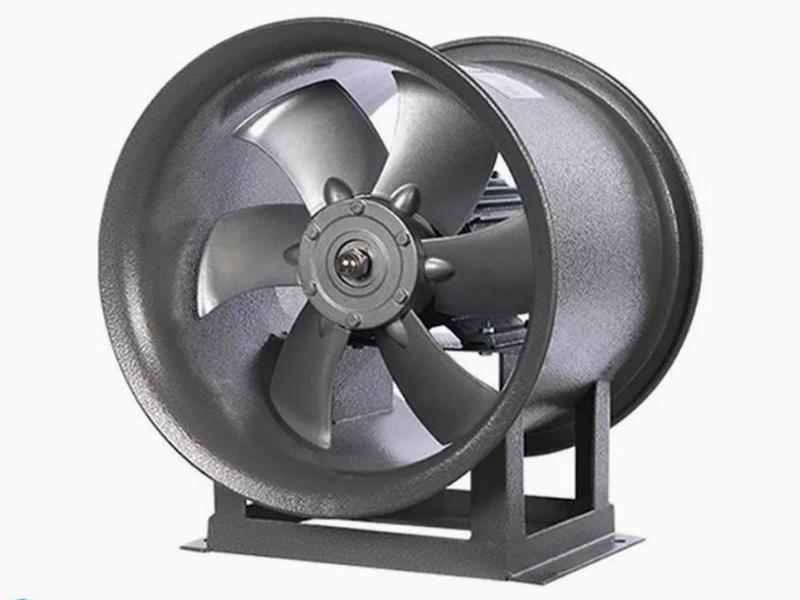
What are the machining processes used for processing axial fan housings
- Process : Sheet metal - Welding
- Material : Carbon steel
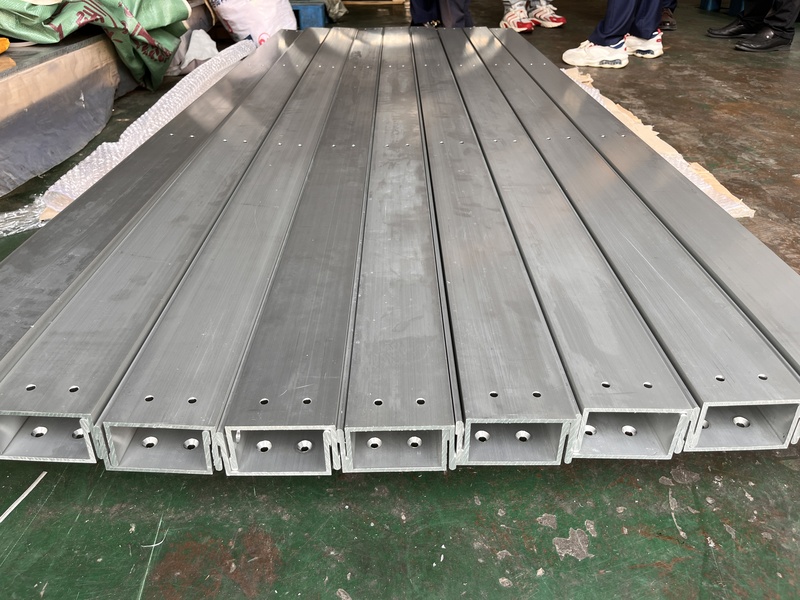
Precision Machining of U-Steel Profiles for Building Applications
- Process : Stamping - General stamping
- Material : Aluminum
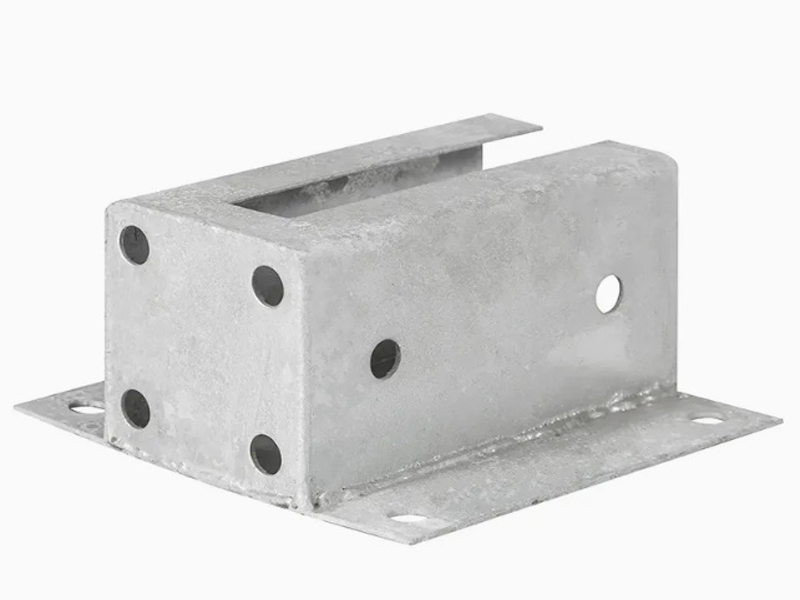
Machining Process Analysis of Carbon Steel Fixed Anchor Plates
- Process : Machining - CNC milling or milling machining
- Material : Carbon steel
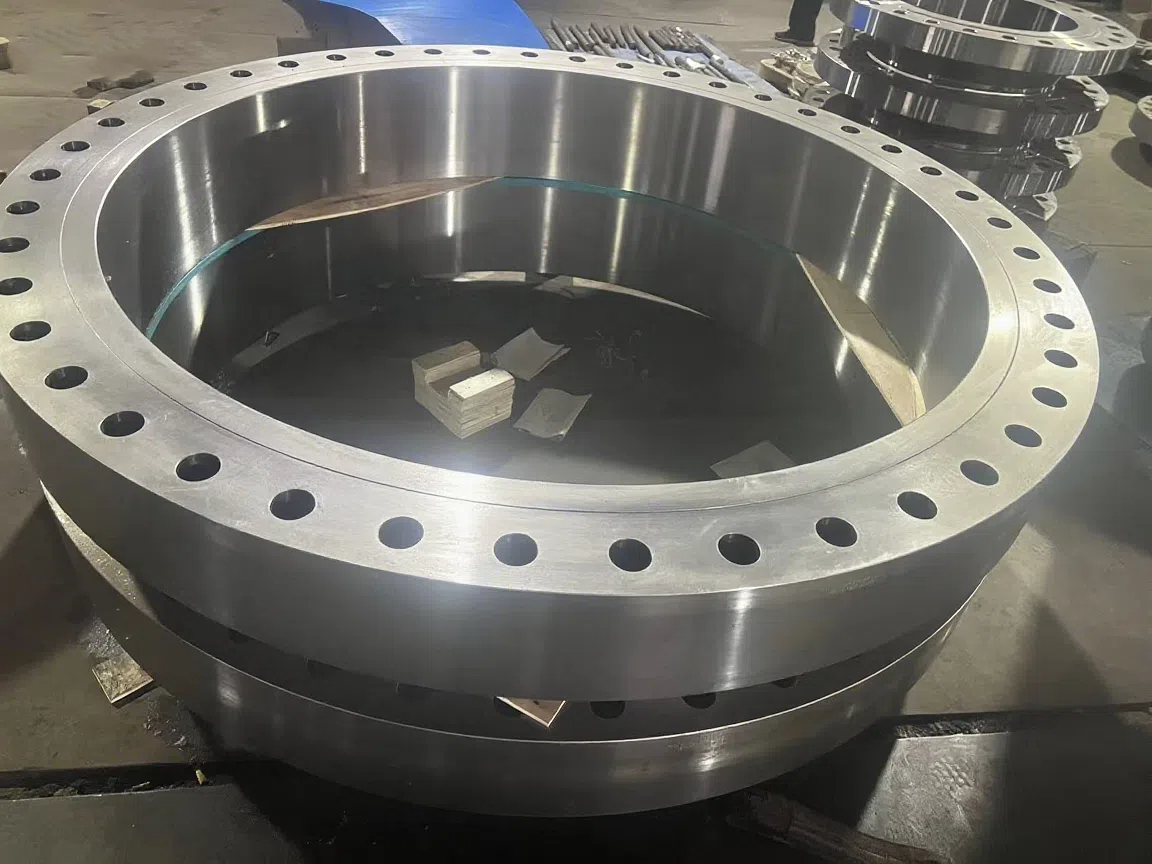
Heavy-Walled Flange Milling-Turning Machining and Flaw Detection
- Process : Machining - Turning Milling compound
- Material : Alloy steel
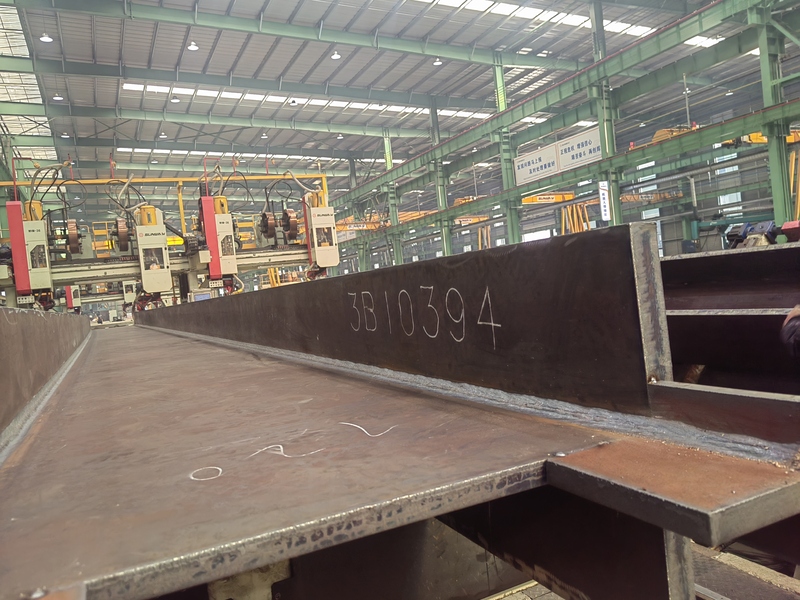
Custom Fabrication of S355JR Welded H-Beams for Construction Projects
- Process : Sheet metal - Welding
- Material : Carbon steel
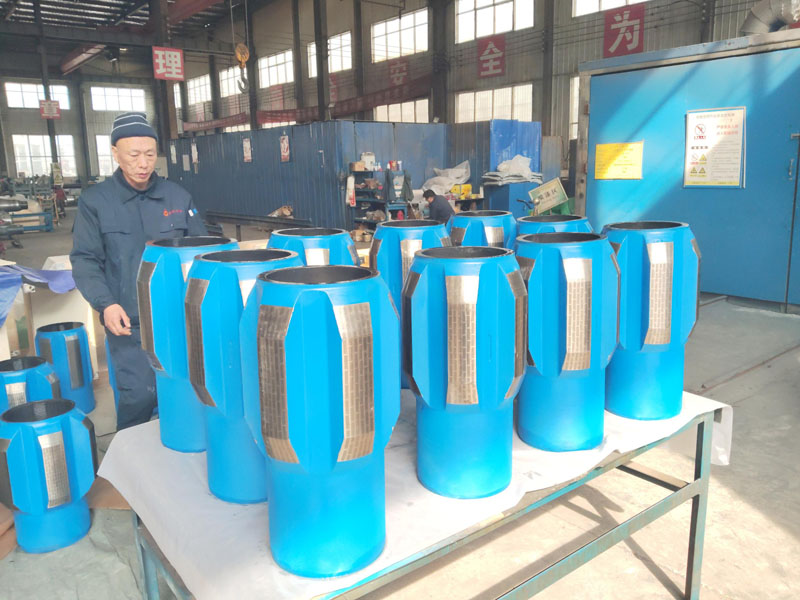
Drill Stabilizers Applied in Oil Drilling Platforms
- Process : Machining - Five-axis machining
- Material : Alloy steel
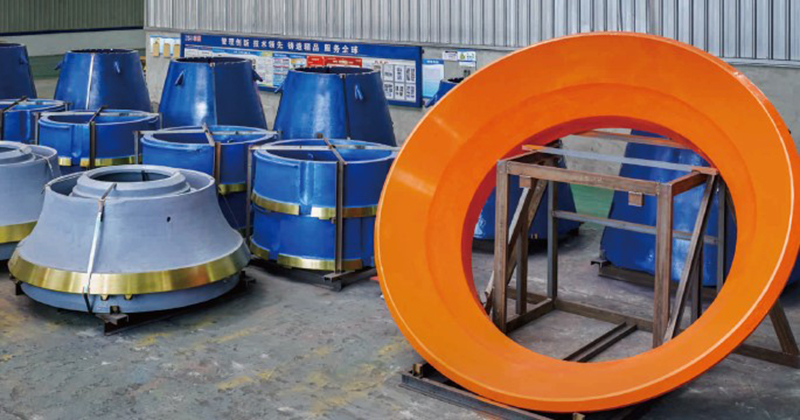
Cone Crusher Mantle
- Process : -
- Material :
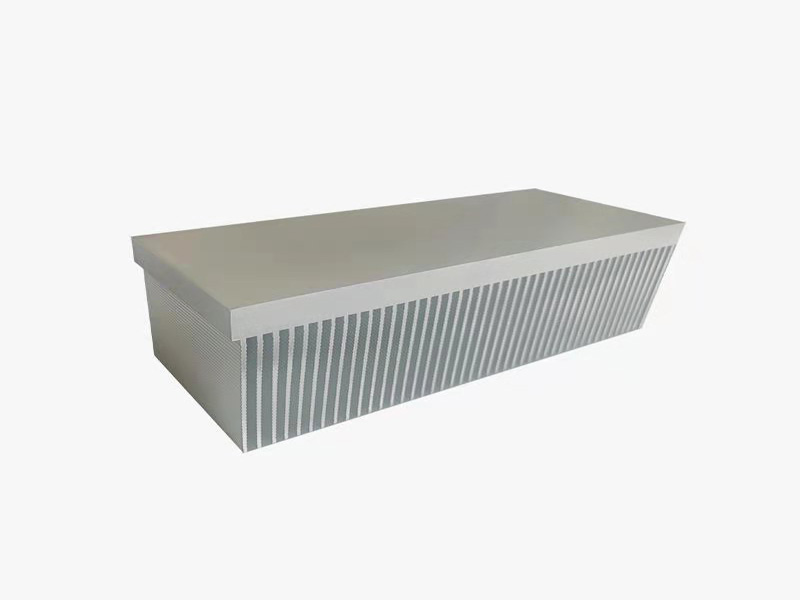
Innovative skiving technology: Breaking through the bottleneck of high-density heat dissipation technology
- Process : Surface treatment - Others
- Material : Alloy steel
More products
More
What are the machining processes used for processing axial fan housings
- Process : Sheet metal - Welding
- Material : Carbon steel

Precision Machining of U-Steel Profiles for Building Applications
- Process : Stamping - General stamping
- Material : Aluminum

Machining Process Analysis of Carbon Steel Fixed Anchor Plates
- Process : Machining - CNC milling or milling machining
- Material : Carbon steel

Heavy-Walled Flange Milling-Turning Machining and Flaw Detection
- Process : Machining - Turning Milling compound
- Material : Alloy steel

Custom Fabrication of S355JR Welded H-Beams for Construction Projects
- Process : Sheet metal - Welding
- Material : Carbon steel

Drill Stabilizers Applied in Oil Drilling Platforms
- Process : Machining - Five-axis machining
- Material : Alloy steel

Cone Crusher Mantle
- Process : -
- Material :

Innovative skiving technology: Breaking through the bottleneck of high-density heat dissipation technology
- Process : Surface treatment - Others
- Material : Alloy steel